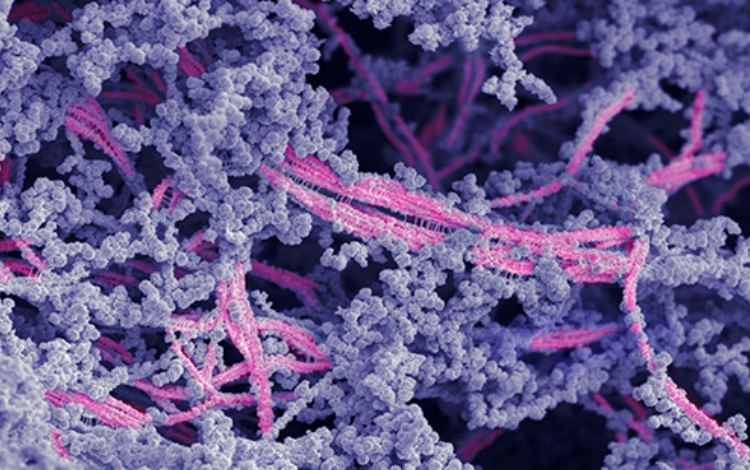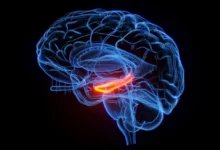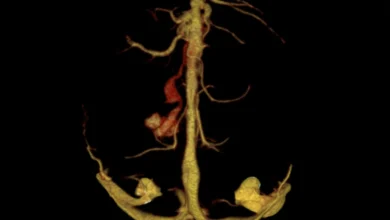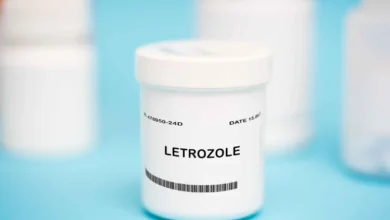Advanced Biomaterial Promotes Cartilage Regrowth, Potentially Avoiding Knee Replacements
The material is composed of a complex network of molecular elements that mimic the natural cartilage environment within the body

Researchers at Northwestern University have developed an innovative cartilage regrowth biomaterial that has shown significant promise in regenerating high-quality cartilage in knee joints. This advancement, tested on a large-animal model, has the potential to transform the treatment of joint injuries and degenerative conditions.
In their study, scientists applied this new material to the damaged knee cartilage of the animals. Over a six-month period, they observed substantial improvements, with the material facilitating the growth of new cartilage. This newly formed cartilage was rich in essential biopolymers such as collagen II and proteoglycans, which are vital for maintaining the strength and pain-free function of joints.
“Our new therapy offers the possibility to repair tissues that otherwise lack the ability to regenerate on their own. We believe this treatment could address a significant unmet need in clinical practice,” said Samuel I. Stupp, the lead researcher from Northwestern.
Though the material may resemble a rubbery substance, it is actually a sophisticated network of molecular components that closely mimics the natural environment of cartilage in the body.
“Cartilage is crucial for joint function, and when it becomes damaged or deteriorates over time, it significantly impacts overall health and mobility,” Stupp explained. “Unfortunately, adult cartilage does not naturally regenerate, which makes our approach so valuable.”
This breakthrough builds upon previous work by Stupp’s team, where they used “dancing molecules” to encourage human cartilage cells to produce more tissue matrix proteins. In contrast, the current study introduces a hybrid biomaterial composed of two key elements: a bioactive peptide that binds to transforming growth factor beta-1 (TGFb-1), a critical protein for cartilage growth, and modified hyaluronic acid, a natural polymer found in cartilage and joint fluid.
Stupp’s team created this biomaterial by combining bioactive peptides with chemically modified hyaluronic acid, forming nanoscale fiber bundles that replicate the structure of natural cartilage. This scaffold attracts the body’s cells to promote cartilage regeneration, and the bioactive signals embedded within the material encourage cells to populate the scaffold and repair the damaged tissue.
“Many people know hyaluronic acid from skincare products, but it’s also a key component found naturally in various tissues throughout the body, including joints,” Stupp noted. “We selected it because it closely resembles the natural polymers found in cartilage.”
To test its effectiveness, the researchers applied the material to cartilage defects in the knee joints of sheep, which share similar structure and mechanical load with human knees. When injected as a thick paste, the material created a rubbery structure within the joints, encouraging the growth of robust cartilage as the scaffold slowly broke down.
Looking to the future, Stupp envisions this material being used in joint surgeries, including both open-joint and arthroscopic procedures. Currently, microfracture surgery is the standard approach, where small fractures are made in the bone to stimulate cartilage growth.
However, with further development, this new biomaterial could offer a superior alternative. It has the potential to prevent the need for full knee replacements, treat conditions like osteoarthritis, and even repair injuries such as ACL tears, offering a long-term solution that could improve patient outcomes and quality of life.
References:
Northwestern University (2024). “New biomaterial regrows damaged cartilage in joints.” Available at: https://news.northwestern.edu/stories/2024/august/new-biomaterial-regrows-damaged-cartilage-in-joints








